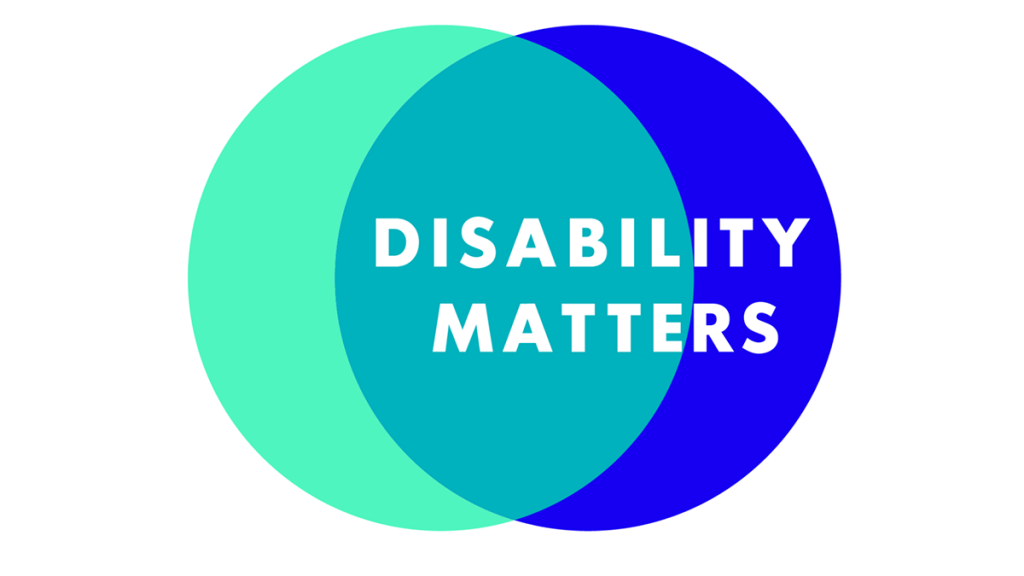Is disability invisible in your newsroom? It’s beyond time to fix that
If teens on TikTok can add captions to videos, you can, too

Disability. Just say the word already.
For an industry that seeks to deliver factual information to communities while avoiding euphemism, journalists have a bad habit of falling back on imprecision when discussing topics that are unfamiliar or make us uncomfortable. “Special needs,” “handicapped” and “differently abled” — all ableist phrases that classify an entire class of people as “less than” and fail to accurately convey meaning.
More than 6 million Americans live with a disability. The disability community is a spectrum of experiences that a single word will never fully capture. But recent updates to the Associated Press Stylebook are a necessary change and a good first step for every newsroom:
When possible, ask people how they want to be described. Some people view their disability as central to their identity, and use identity-first language such as an autistic woman or an autistic. Others prefer person-first language such as a woman with autism or a woman who has autism.
In describing groups of people, or when individual preferences can’t be determined, use person-first language.
The journalism industry’s past resistance to simply saying the word “disabled” in coverage is the tip of the iceberg. Journalists cannot begin to represent a group of people if you cannot find the wherewithal to use language that respectfully and accurately describes who they are.
It is time to move beyond updates to the style guide.
When was the last time that you wrote or edited a story that quoted a person with a disability and was not a health or science story? How about the last time you read a news story that centered on people with disabilities?
If you haven’t included perspectives from the disability community in your coverage during the last 19 pandemic months, you are failing. Healthcare, education, business, politics, entertainment, labor rights, transportation — every beat is a disability beat.
And the full effects of the coronavirus pandemic are not yet known. Long COVID is very real and the Biden administration says Americans who are diagnosed will be covered under the Americans with Disabilities Act. We are looking at thousands of people around the world who will be officially counted as members of the disability community. And being counted has real life consequences.
Identifying as disabled, which I do as someone living with Crohn’s disease, gives a person real power and protections under U.S. law. And the accommodations secured under the ADA do not only apply to people born with disabilities, but to those experiencing temporary disability or recovering from illness.
When journalists are ashamed, afraid or inconvenienced by accurately reporting on the disability community, we cause harm by minimizing the power that comes with identifying as disabled.
Just as representing disability in our coverage is critical, so is hiring and supporting journalists with disabilities. Ensure that disability is included in your diversity and inclusion conversations. Those annual employee engagement surveys you ask staffers to complete so you can report out diversity numbers? Include an option for employees to identify as a person with a disability.
My diagnosis six years ago has made me a better journalist and has entirely shaped who I am as a newsroom leader. My body has forced me to practice work-life chemistry for myself and for the teams I manage. I’ve learned to be an advocate for communities I cover and a more empathetic listener to the needs of our audiences.
Empathy and listening are key pillars of effective product design. Actively seeking out feedback from the disability community on how your news products should be accessed by people who require different accommodations will make your news products better for everyone.
From typography and color choices, to video captions and alt-text, to the architecture of websites and news apps — conforming to accessibility standards benefits all readers. News organizations must prioritize accessibility at every step of their product roadmap.
If teens on TikTok can add captions to their videos, your newsroom can, too.
I know this is a tall order. And there is no one-size-fits-all solution to improving coverage of and for accessibility. During the next several months of my RJI fellowship, I will be building a toolkit to help journalists address some of the “Disability 101” questions they may worry about asking. I will detail concrete steps that newsrooms of all sizes can take to improve their coverage and the accessibility of their news products. And I will highlight journalists in the disability community who you want to have working in your newsrooms and how news organizations can support them.
Have questions about disability and journalism that you’d like me to address in my research? Submit them here.
Want to stay up-to-date about my research and receive a curated collection of journalism, books, art and culture by and for the disability community? Sign up for my newsletter: Disability Matters.
